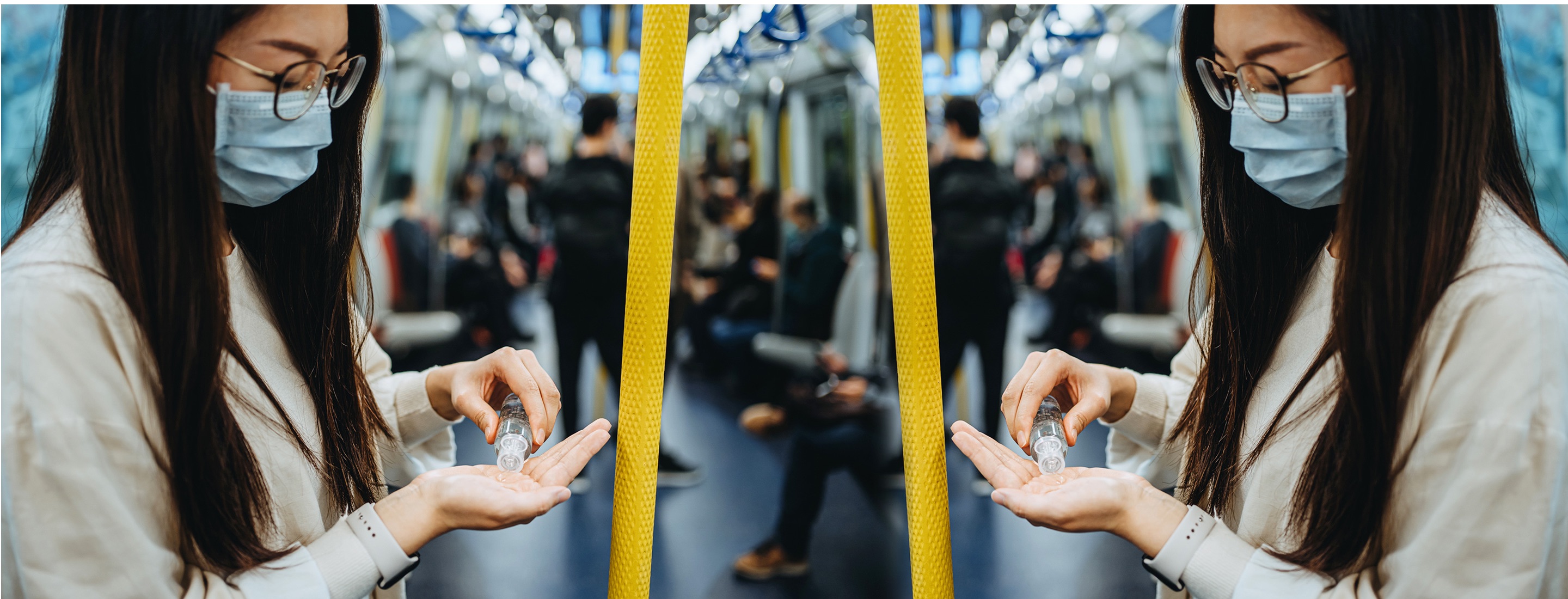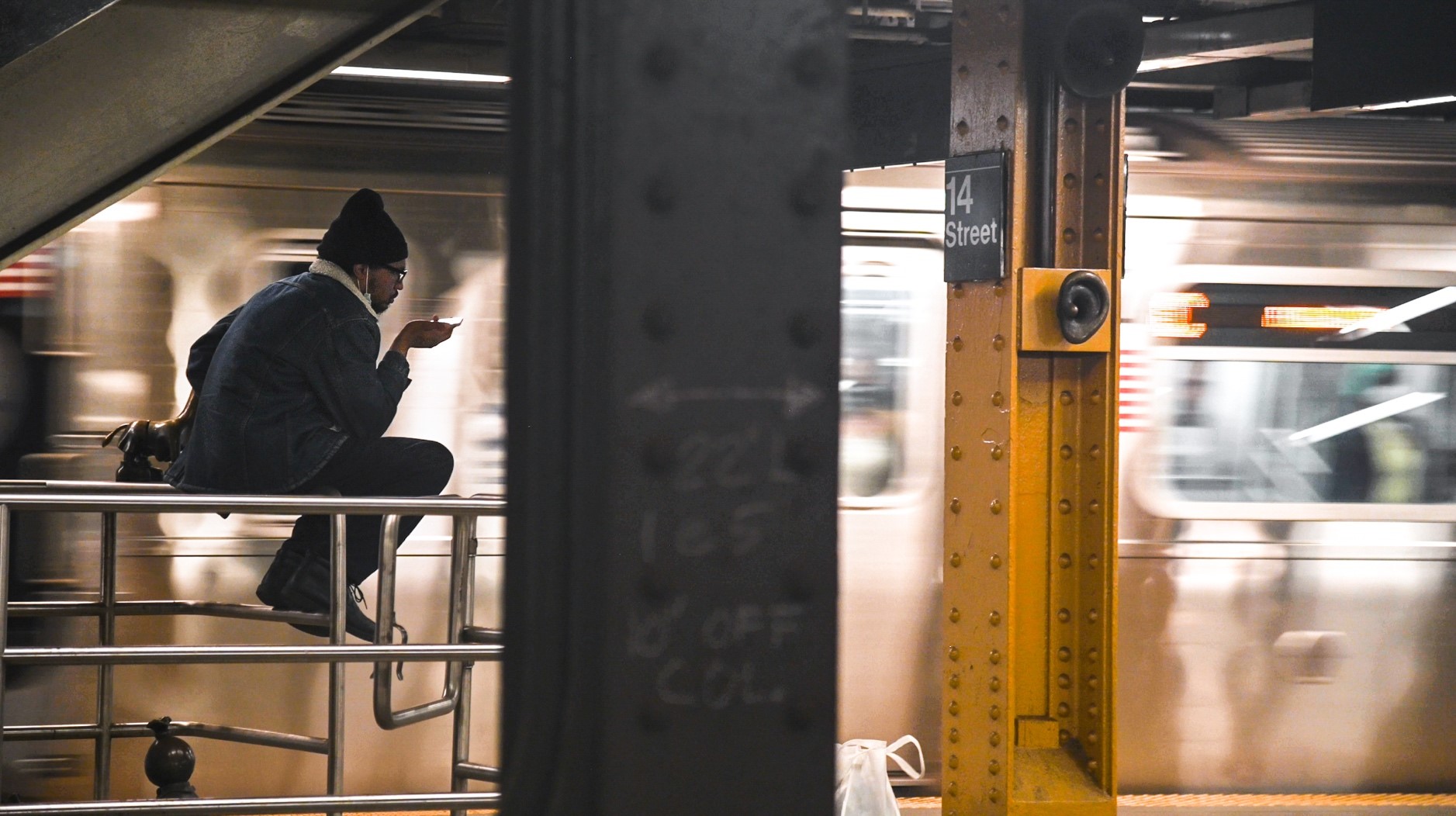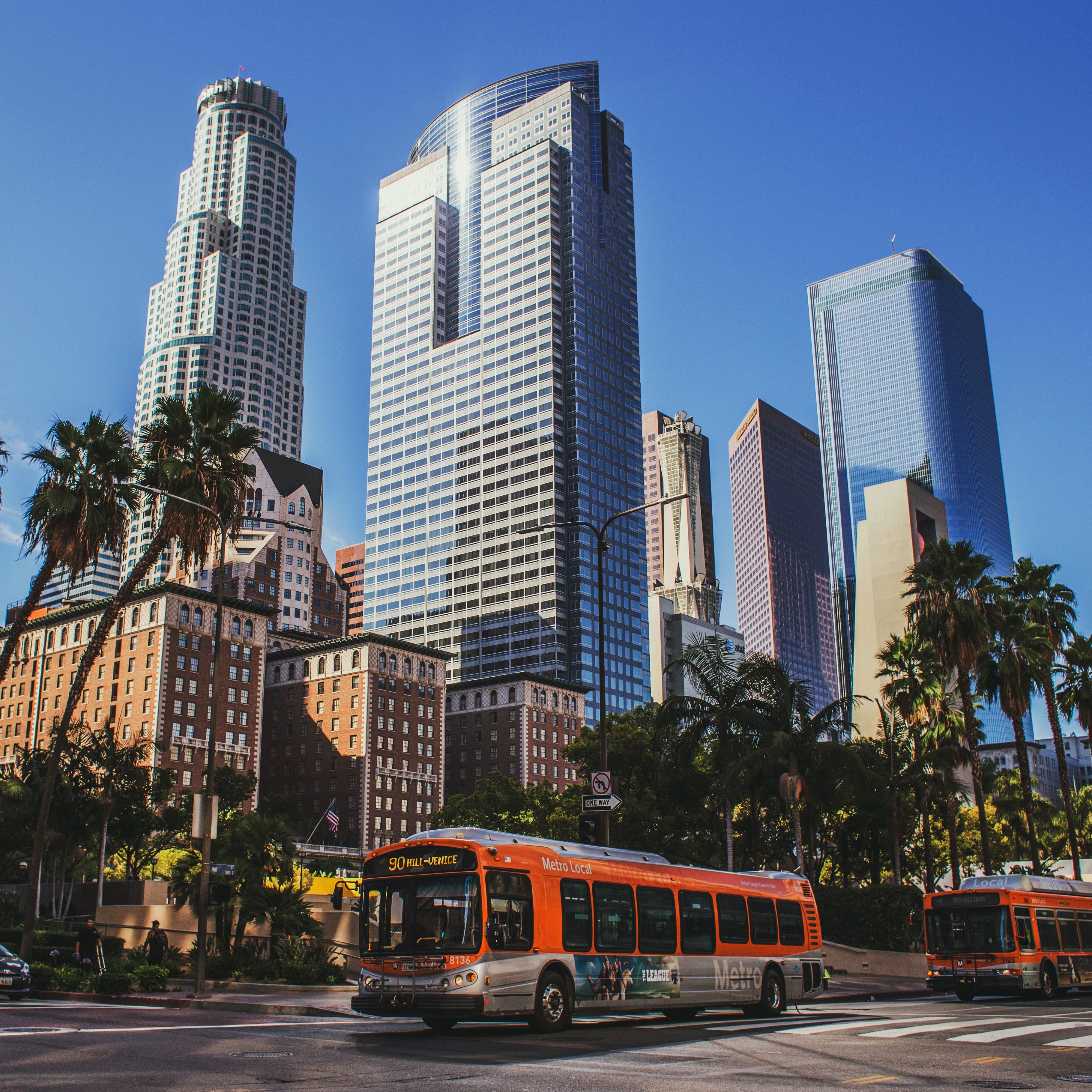Mobility services
Before the COVID-19 pandemic, the transportation and mobility industry was experiencing a shift to services like car, ride, bike and scooter sharing. Consumers are looking for more flexible and alternative transportation options in addition to or in lieu of vehicle ownership. Many commuters will opt for individual, or micro-mobility, modes of transportation to decrease exposure to the virus and avoid changes made to bus and train schedules and procedures.
“People will want to control as much of the experience as they can. They can disinfect scooters and bikes on their own and be confident in the time it will take them to get from point A to point B. The more public transportation authorities and mobility sharing companies can ensure people are in a clean, socially distant environment, the more they’ll see ridership grow. But growth will be slow as people learn how the new system works,” said Alyssa Altman, transportation and mobility lead, North America.
Regardless of whether mobility services are public or private, cities can integrate all public and shared modes of transportation on one platform to respond faster to disruptions, increase ridership and improve customer experience. Juniper Research recently found that the revenue generated by mobility services, which integrate different transport services (including buses, trains and taxis) into a single app, would exceed $52 billion by 2027, up from $405 million in 2020. While investment is expected to slow down in 2020, the industry is likely to rebound in 2021.
Riders won’t go back to “business as usual,” and public transportation can’t either. By making digital strides to better serve and keep customers safe, transit authorities can bolster rider recovery now and sustain ridership in the future. “Right now is the time for it. And in the long run, these are the types of programs that will get funded through The Coronavirus Aid, Relief, and Economic Security (CARES) Act and stimulus funding”, said Lannin.













